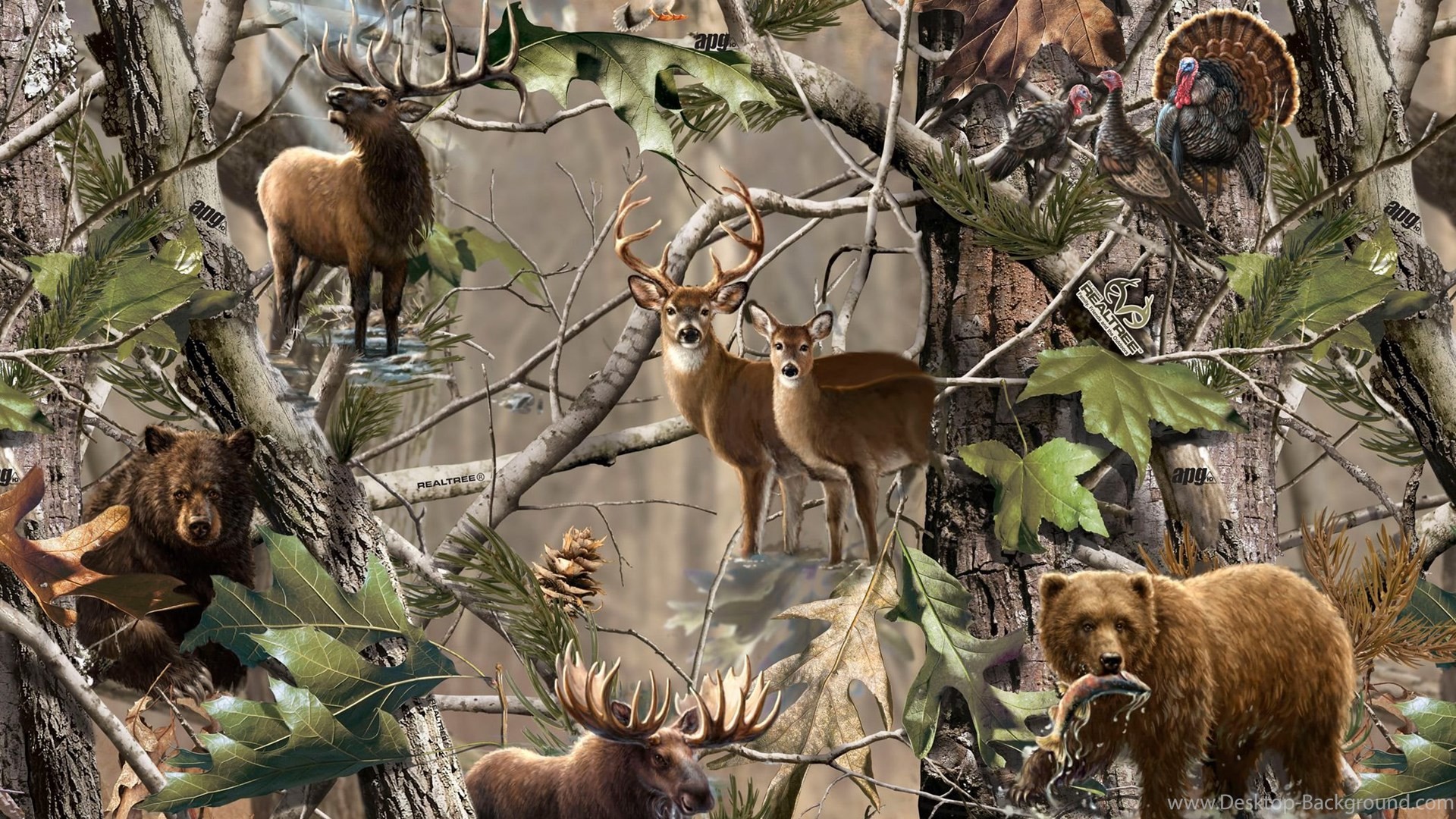
This can only be used, when the model is paused and GO is not running. MAKE-SINGLE-GENERATION creates one offspring from the existing bugs, without being limited by the CARRYING-CAPACITY. The image file must be located in the same directory as the model. 40-100-24 would represent genetic information that expresses the red pigment at 40% its maximum value, the green pigment at 100%, and the blue pigment at 24%.ĮNVIRONMENT specifies the file name to load as a background image on SETUP or on CHANGE-ENVIRONMENT. These numbers represent how fully expressed each pigment is (e.g. The values for Red can range from 0 to 100, and this also true for Green and Blue. SHOW-GENOTYPE? reveals the RGB (Red-Green-Blue) gene frequency values for each bug. For example, a distance of 5 means the offspring could be 0, 1, 2, 3, 4, or 5 patches away from the parent.īUG-SIZE can be changed at any time during GO or before SETUP to modify the size of the shapes for the bugs. OFFSPRING-DISTANCE determines how far away (in patches) an offspring could show up from a parent. For example, a MUTATION-STEP of 1 means that the gene frequency for any of the three pigments could go up 1, down 1, or not change at all in the offspring. MAX-MUTATION-STEP determines how much the pigment genes can drift from their current values in each new generation.
#Hunting camouflage how to
HOW TO USE ITĬARRYING-CAPACITY determines the size of the population on SETUP, and how many bugs are in the world at one time when GO is pressed and bugs are being eaten. The offspring's gene-frequency for each of the three pigment genes may be different than the parent (as determined by the MUTATION-STEP slider). With each bug you eat, a new bug is randomly chosen to reproduce one offspring. The more frequently the gene for a pigment is coded for, the stronger that presence of color is in the overall blend of pigments that results in a single phenotype for coloration (determined by an RGB calculation). One gene is RED-PIGMENT-GENE-FREQUENCY, another is GREEN-PIGMENT-GENE-FREQUENCY, and the last is BLUE-PIGMENT-GENE-FREQUENCY.

The camouflaging effect will emerge more clearly if you aren't taking your time trying to find bugs that typically would be more difficult to find.īugs have 3 genes that determine their phenotype for color. Try to consume bugs as fast as possible to remove any "deliberation" on your part as a predator. Also, the time to catch a batch of bugs is plotted in the "Time to Catch 10 Bugs" plot. As its slope decreases, you efficiency (or, in other words, your rate of bug consumption) is decreasing. You can watch your consumption by watching the "Bugs Caught vs. You may also keep the mouse button depressed, and move the cursor around the world.

After you press GO, click on bugs as fast as you can using your mouse. If this continues over many generations, the distribution of colors in a population may shift to become better camouflaged in the surrounding environment. If some prey tend to blend into the background better, they tend to survive longer and reproduce more often. When a predator uses color and shape to identify the location of prey in an environment, then the colors and patterns in the environment provide additional selective pressure on the prey. For example, in a forest with green leaves, green bugs may emerge as the predominant bug color. This is a model of natural/artificial selection that shows how a population hunted by a predator can develop camouflaging. You can also Try running it in NetLogo Web
#Hunting camouflage download
If you download the NetLogo application, this model is included. (back to the library) Bug Hunt Camouflage NetLogo Models Library: Bug Hunt Camouflage


 0 kommentar(er)
0 kommentar(er)
